 I found Deissmann’s comments in Light from the Ancient East concerning the differences between and epistle and a letter to be very insightful. This quote is taken within the context of a discussion of the non-literary papyri that contains a host of non-literary letters versus the genre of epistle, which takes on the form of a letter but is written not between two individuals within the context of a private exchange, but rather is written for the general public and possesses artistic qualities.
I found Deissmann’s comments in Light from the Ancient East concerning the differences between and epistle and a letter to be very insightful. This quote is taken within the context of a discussion of the non-literary papyri that contains a host of non-literary letters versus the genre of epistle, which takes on the form of a letter but is written not between two individuals within the context of a private exchange, but rather is written for the general public and possesses artistic qualities.
What is an epistle? An epistle is an artistic literary form, a species of literature, just like the dialogue, the oration, or the drama. It has nothing in common with the letter except its form; apart from that one might venture the paradox that the epistle is the opposite of a real letter. The contents of an epistle are intended for publicity—they aim at interesting “the public.” If the letter is a secret, the epistle is cried in the market; every one may read it, and is expected to read it: the more readers it obtains, the better its purpose will be fulfilled. The main feature of the letter, viz. the address and the detail peculiar to the letter, becomes in the epistle mere external ornament, intended to keep up the illusion of “epistolary” form. Most letters are, partly at least, unintelligible unless we know the addressees and the situation of the sender. Most epistles are intelligible even without our knowing the supposed addressee and the author. To attempt to fathom the soul of a letter-writer is always venturesome; to understand what an epistolographer has written is apprentice-work by comparison. The epistle differs from a letter as the dialogue from a conversation, as the historical drama does from history, as the carefully turned funeral oration does from the halting words of consolation spoken by a father to his motherless child—as art differs from nature. The letter is a piece of life, the epistle is a product of literary art.
Adolf Deissmann and Lionel Richard Mortimer Strachan, Light from the Ancient East the New Testament Illustrated by Recently Discovered Texts of the Graeco-Roman World (London: Hodder & Stoughton, 1910), 220–221.


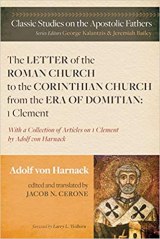
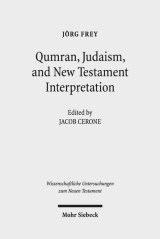
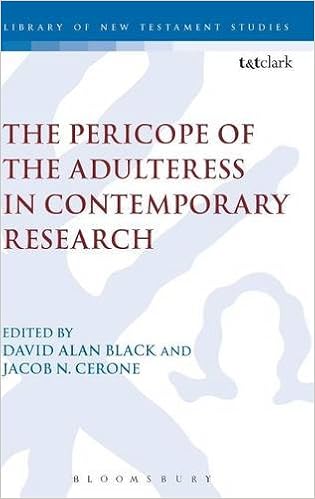

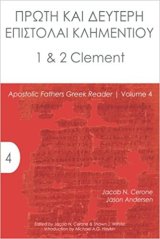
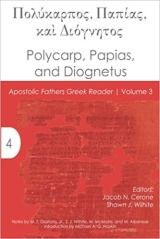
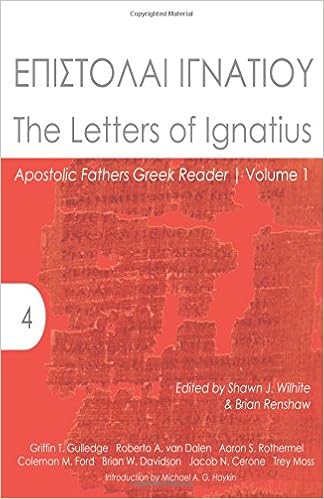
Reblogged this on Talmidimblogging.